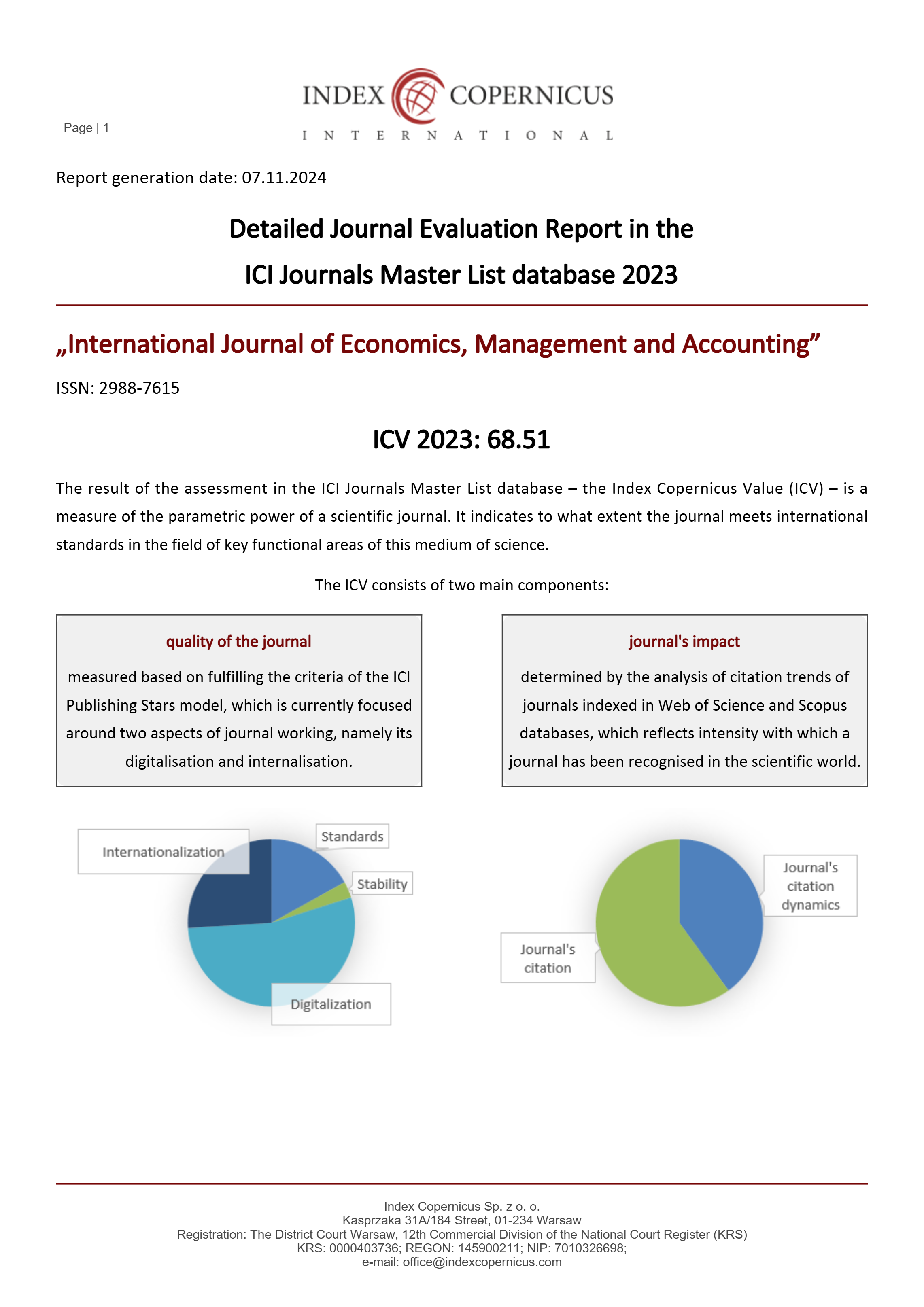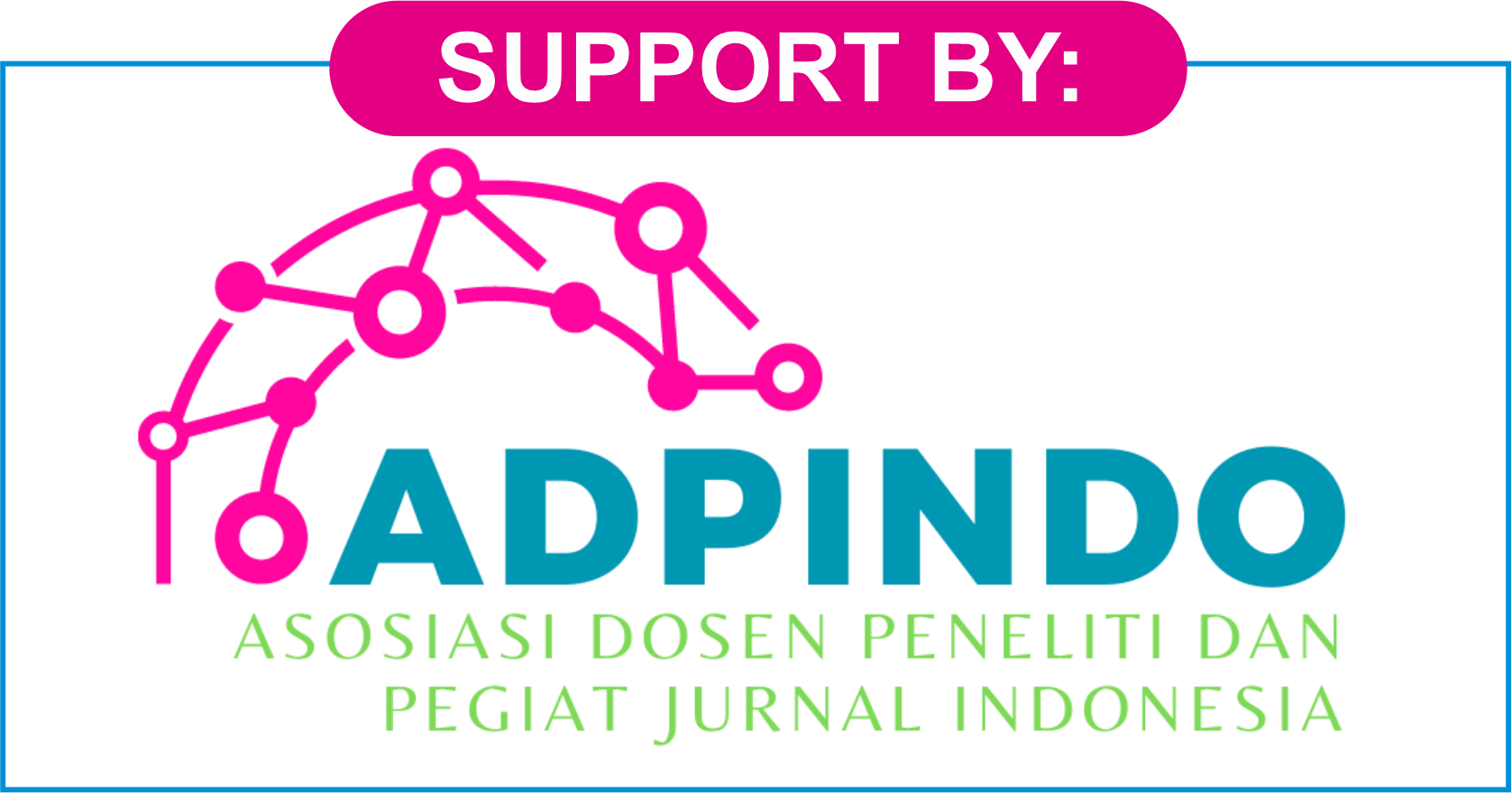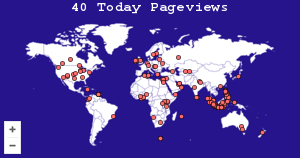Unilever Company Work Model
DOI:
https://doi.org/10.47353/ijema.v1i1.26Keywords:
working, capital, unilever companyAbstract
Working capital is the amount of cash and current assets available to cover the day-to-day operating expenses of a company. In the context of Unilever, working capital includes inventories, receivables and debts used to maintain smooth operations, meet financial obligations and maintain adequate liquidity. Unilever uses working capital to finance the purchase of raw materials, manage inventory, and fulfill payment obligations from customers. Good working capital management enables Unilever to control liquidity risk, improve operational efficiency, and maintain adequate funds available to carry out daily activities. In practice, Unilever must carry out efficient inventory management, manage receivables properly, and use debt wisely to meet working capital needs. With good working capital management, Unilever can maintain healthy financial performance, minimize liquidity risk, and take advantage of growth opportunities. Effective working capital plays an important role in maintaining the smooth operation of the company and achieving short- and long-term goals. In Unilever's case, well-managed working capital enables the company to meet market demands, maintain high levels of service, and gain a competitive advantage in the consumer product industry. In order to maintain sustainability and growth, Unilever must continue to carefully monitor and manage working capital, optimize its use, and take appropriate measures to ensure adequate liquidity in carrying out its business operations in Indonesia and around the world. Overall, Unilever generates significant profits from its businesses around the world. Despite a decline in net profit in 2020, the company has recorded strong profit growth in recent years, particularly from markets in Asia, Africa, the Middle East and Latin America. Unilever's well-known brands also remain important contributors to the company's revenue and profit growth.
Downloads
References
Abdullah, N. H., Agung Widhi Kurniawan, Nurman, Romansyah Sahabuddin, & Andi Mustika Amin. (2023). Analisis Rasio Keuangan Dalam Menilai Kinerja Keuangan Pada Industri Kosmetik yang Terdaftar di BEI. SINOMIKA Journal: Publikasi Ilmiah Bidang Ekonomi Dan Akuntansi, 2(1), 77–84. https://doi.org/10.54443/sinomika.v2i1.884
Ghosh, S. (2017). Working Capital Management Practices of Unilever Bangladesh Ltd: A Case Study. Global Journal of Management and Business Research: B Economics and Commerce, 17(2).
Hasyim Ratsanjani, . M. ., Fitria Risnandari, I. ., Widya Sulaiman, T. ., & Meida Hersianty, V. . (2022). Literatur Review: Peran Aplikasi SAAS Dalam Kegiatan Bisnis E-Commerce. SINOMIKA Journal: Publikasi Ilmiah Bidang Ekonomi Dan Akuntansi, 1(4), 1009–1020. https://doi.org/10.54443/sinomika.v1i4.491
Husain, Z. (2019). The Effect of Working Capital Management on Profitability: A Study of Unilever Pakistan Limited. South Asian Journal of Business Studies, 8(1), 97-109.
https://www.unilever.co.id/planet-and-society/unilever-indonesia-foundation/
Kothari, C. R. (2005). Research Methodology: Methods and Techniques. New Age International.
Nirmal, B., & Ramya, K. (2017). A Study on Working Capital Management of Hindustan Unilever Limited. Journal of Management, 4(2), 71-80.
Pandey, I. M. (2016). Working Capital Management: Strategies and Techniques. PHI Learning.
Rangrajan, S., & Sharma, V. (2017). Working Capital Management: A Comparative Study of Hindustan Unilever Limited and Procter & Gamble India. International Journal of Current Research and Academic Review, 5(4), 141-148
Rosa Damayanti, M. ., & Ria Atmaja, D. . (2022). Pengaruh Work From Home, Work-Life Balance, Stres Kerja, dan Employee Relations Terhadap Kepuasan Kerja Pada Pekerja Yang Sedang Berkuliah. SINOMIKA Journal: Publikasi Ilmiah Bidang Ekonomi Dan Akuntansi, 1(4), 783–808. https://doi.org/10.54443/sinomika.v1i4.424
Tri Wulandari, V., & Pratama Hafidz, G. (2023). The Influence of Job Stress, Workaholism and Work Engagement on Job Satisfaction and Turnover Intention in the Garment Industry. International Journal of Social Science, Education, Communication and Economics (SINOMICS JOURNAL), 2(2), 341–354. https://doi.org/10.54443/sj.v2i2.142
Downloads
Published
How to Cite
Issue
Section
License
Copyright (c) 2023 Hamidah binti Tsuraya, Lia Endayani, Fazila Monivatu Zahda, Isti Shintya Utami, Usman Jayadi

This work is licensed under a Creative Commons Attribution 4.0 International License.











